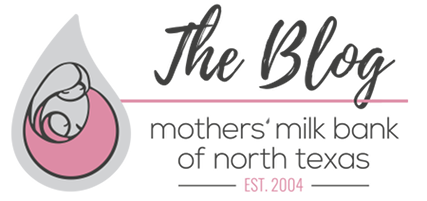The State of Breastfeeding in the US
Wednesday, 8/22/2018
The American Academy of Pediatrics recommends exclusive breastfeeding for the first six months of a baby’s life, with continued breastfeeding alongside the introduction of appropriate foods up to the baby’s first birthday, if not longer. Using this guideline and the knowledge of breastfeeding’s benefits, officials made breastfeeding a priority in Healthy People 2020, a 10-year agenda launched in 2010 focused on improving health in the United States.
In order to track the nation’s progress regarding the Healthy People 2020 goals, the CDC publishes a Breastfeeding Report Card. The 2018 Report Card was recently released and includes data that takes the pulse of breastfeeding in every state.
This year’s report analyzes data from infants born in 2015. Among those babies, 83.2 percent started to breastfeed, which surpasses the Healthy People 2020 goal of 81.9 percent. More than half (57.6 percent) were breastfeeding at 6 months, and 35.9 percent were breastfeeding at 12 months. The rates for breastfeeding at 6 and 12 months both increased from the previous year.
In Texas, 85 percent began breastfeeding, 56.6 percent were breastfeeding at 6 months, and 35.2 percent were breastfeeding at 12 months.
The CDC concludes that high breastfeeding initiation rates indicate most mothers want to breastfeed. The percentage of babies who are breastfed decreases significantly at both 6 months and 12 months, which suggests that mothers need more support to continue breastfeeding and meet their goals.
Support from all areas of a mother’s life is crucial to her breastfeeding journey. Healthcare providers, friends and family, and employers can offer education, guidance, assistance, and appropriate accommodations to help her meet her goals.
In order to build a healthier and more breastfeeding-friendly country, all members of mothers’ communities can work together to provide excellent breastfeeding support.


